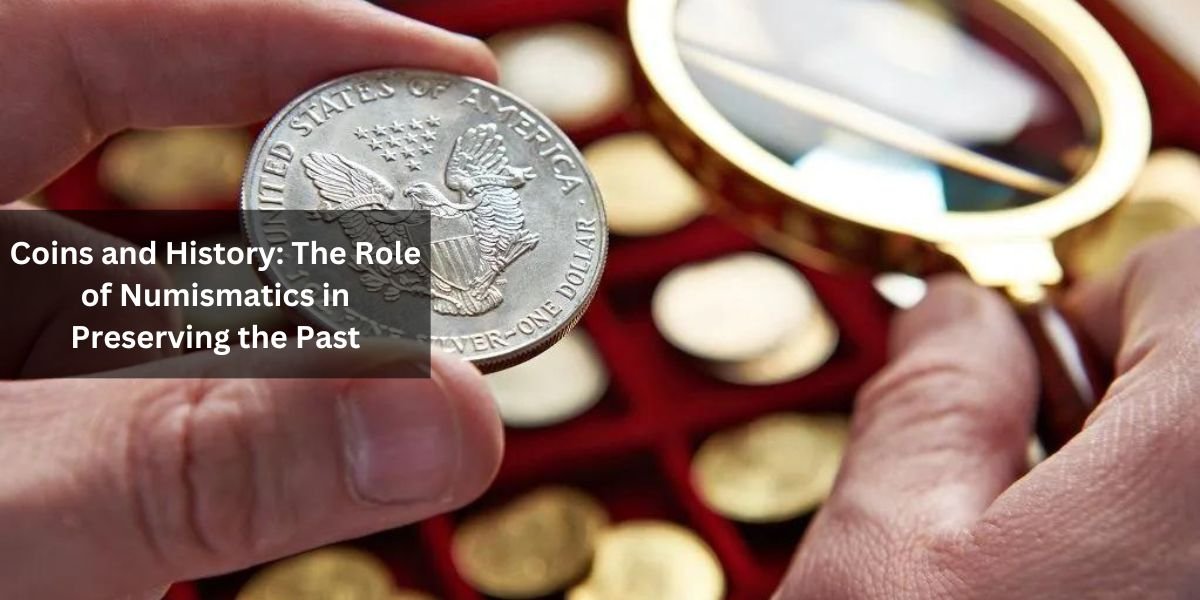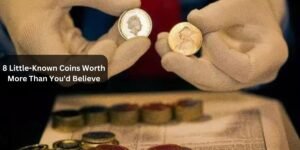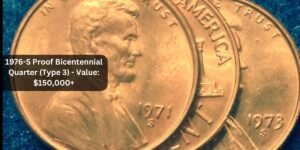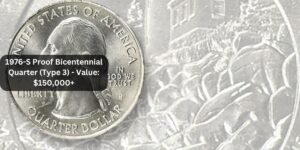Coins, those small metal tokens that pass through countless hands, carry with them stories of civilizations long gone. Numismatics, the study and collection of coins, not only provides insight into the economic systems of ancient societies but also serves as a vital tool for preserving and understanding our shared history. In this article, we’ll explore the profound role that numismatics plays in preserving the past and shedding light on bygone eras.
1. Unlocking the Secrets of Ancient Civilizations
Coins serve as tangible artifacts of ancient civilizations, offering valuable insights into their economic, political, and cultural landscapes. Through the study of coinage, historians can trace the rise and fall of empires, decipher trade routes, and uncover the symbols and ideologies of bygone societies.
2. Tracing the Evolution of Monetary Systems
The evolution of coinage mirrors the evolution of human society itself. From simple metal tokens used for barter to intricate coins stamped with the images of rulers and deities, the history of money is a fascinating journey through time. Numismatics allows us to trace the development of monetary systems and understand their impact on society.
3. Preserving Cultural Heritage
Coins are not merely pieces of metal; they are symbols of cultural identity and heritage. By preserving and studying ancient coins, we can ensure that the rich tapestry of human history is not lost to the sands of time. Numismatists play a crucial role in safeguarding these artifacts for future generations to study and appreciate.
4. Deciphering Historical Events
Coins often bear inscriptions and images that commemorate significant historical events, such as battles, conquests, and coronations. By analyzing these coins, historians can gain valuable insights into the political and social dynamics of the past, shedding light on otherwise obscure aspects of history.
5. Connecting the Dots Across Continents
The circulation of coins transcends geographical boundaries, serving as a testament to the interconnectedness of civilizations throughout history. Coins found far from their places of origin provide evidence of ancient trade routes, cultural exchanges, and diplomatic relations, painting a vivid picture of the globalized world that existed long before the age of globalization.
6. Inspiring Curiosity and Scholarship
Numismatics has a unique ability to captivate the imagination and inspire scholarly inquiry. The study of coins appeals to a wide range of disciplines, including history, archaeology, economics, art history, and anthropology. By fostering interdisciplinary collaboration, numismatics contributes to a deeper understanding of the past and enriches our collective knowledge.
7. Educating Future Generations
Coins are powerful educational tools that bring history to life in a tangible way. Museums, educational institutions, and numismatic societies play a vital role in sharing the stories behind the coins with the public, sparking curiosity and fostering a deeper appreciation for the past among future generations.
Conclusion
Numismatics is more than just a hobby; it’s a gateway to the past, offering a glimpse into the lives and societies of those who came before us. By studying and preserving coins, we can ensure that the legacy of our ancestors lives on, enriching our understanding of the human experience and inspiring future generations to explore the depths of history.
FAQs
1. How do historians use coins to date archaeological sites?
Historians use coins as a valuable tool for dating archaeological sites through a method called numismatic dating. By identifying coins with known minting dates found within stratigraphic layers, archaeologists can establish the chronological sequence of occupation at a site.
2. What are some of the oldest coins ever discovered?
Some of the oldest coins ever discovered date back to the ancient civilizations of Lydia and Greece. The earliest known coins, made of electrum, a naturally occurring alloy of gold and silver, were minted in the 7th century BCE in Lydia, located in modern-day Turkey.
3. How are coins authenticated and graded?
Coins are authenticated and graded by professional grading services using established criteria such as rarity, condition, and historical significance. Grading standards vary depending on the organization, with the Sheldon Scale being one of the most widely used systems for grading coins in the United States.
4. Are there any famous coin collections?
Yes, there are several famous coin collections held by museums, institutions, and private collectors around the world. Some notable examples include the British Museum’s collection of ancient coins, the Smithsonian’s National Numismatic Collection, and the D. Brent Pogue Collection, renowned for its exceptional quality and rarity.
5. How can I start collecting coins as a hobby?
To start collecting coins as a hobby, begin by researching different types of coins, historical periods, and collecting themes that interest you. Visit coin shows, join numismatic societies, and network with other collectors to learn more about the hobby and build your collection over time.




